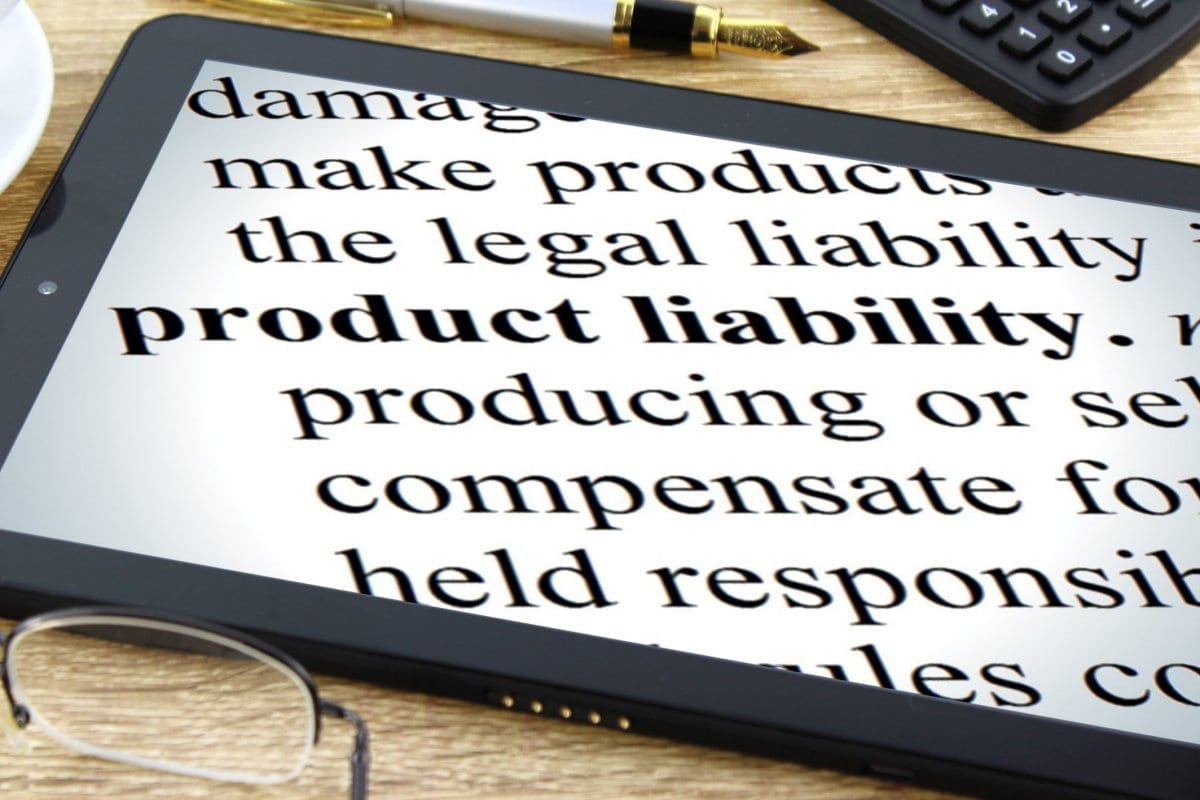Understanding these concepts helps you determine your best course of action in a given scenario.
Considering the breadth and depth of the law, it’s fairly common to mistake certain concepts. One area where this confusion arises surrounds the differences between a personal injury case and a product liability case. While both of these aspects of the law are primarily meant to help a party secure compensation for their injuries, they each have a different approach. Understanding the differences between these two aspects of the law allows you to make better understanding of a situation and will also help you determine your angle of approach. Here’s how a personal injury lawsuit differs from a product liability case:
Cause of Action/Actionable Wrong
Before you can determine which approach to take, it’s important to first determine your cause of action, and there needs to be a right that has been violated by the action of the defendant. Your cause of action will also determine the type of lawsuit you’re going to file. A single case may have several causes of action. For example:
Scenario A
Andre bought a brand new car. As he was driving his new car, he found that the gears wouldn’t switch properly, even when the car was under warranty.
In this scenario, the claimant’s cause of action is that the product that was sold to him was defective when it shouldn’t have been. In this instance, the cause of action is that the product was defective, which means that this is a product liability matter.
Scenario B

Pedro purchased an e-cigarette. As he was using the cigarette, a defect in the product caused the e-cigarette to explode, burning his face and causing disfigurement.
In this scenario, the product was not only also defective, but the defect caused injury to the claimant. In this instance, because the product’s defect caused harm to the claimant, the matter is as much a product liability issue as it is a matter of personal injury.
Personal Injury Claims are Governed By the Law of Negligence
The law of negligence is also referred to as tort law, wherein the object of court proceedings is to determine which party was at fault. This implies that the claimant must prove that the defendant acted negligently, which caused injury to the claimant. In order for the claimant’s assertion to prosper, the claimant must be able to prove that the defendant was negligent.
Product Liability Claims are Governed By the Law of Strict Liability
Strict product liability entails that there are implied warranties on a product, and that there are no defects on a product whatsoever, even when they are not expressed explicitly. In essence, product liability claims arise from the breach of warranties, and that there is no need for claimants to prove that any negligence occurred. All that claimants have to prove is that the product was defective, and that they were using the defective product as it was intended to be used.
Understanding these concepts helps you determine your best course of action in a given scenario. However, even if you are fairly knowledgeable in the law, you will still need help with settling your personal injury case. Always hire a lawyer whenever you’re involved in legal matters.


Join the conversation!